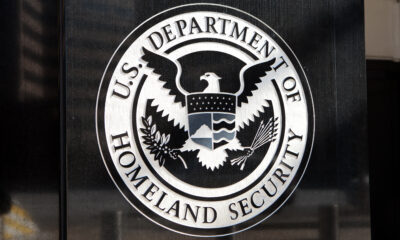Global Food Price Surge Expected To Continue

In an economy rocked by tumultuous world events, American consumers feel the bite as global food prices take their most substantial leap in 18 months. Reports from the Food and Agriculture Organization of the United Nations (FAO) detailed a 1.3% increase in the international prices of globally-traded food commodities in July alone. This marked the most significant monthly gain since March 2022.
The factors driving the surge are supply disruptions triggered by the El Nino weather phenomenon and Russia’s abrupt withdrawal from a crucial UN-backed agriculture agreement. The FAO Vegetable Oil Price Index shot up 12.1% in a single month, primarily attributed to worries over sunflower oil supply after Russia’s unexpected policy shift.
Another factor contributing to the alarming scenario is India’s recent restriction on non-parboiled exports. This caused a 2.8% spike in the month’s FAO All Rice Price Index, intensifying already soaring prices due to tighter supplies and increased Asian purchases. The FAO warned that this escalation could compromise food security for the world’s poorest, who spend a significant portion of their income on food.
Large consumer brands like Coca-Cola, PepsiCo, and Unilever have hiked prices on American soil, further exacerbating the issue. Amid significant profits, these corporations have raised prices between 8 and 15%. In its fight against inflation, the Federal Reserve finds it challenging to combat these rising food costs, which are largely immune to demand reduction, unlike most other goods.
To manage the escalating inflation, the Fed raised its benchmark interest rate by a quarter point in July. This puts the key benchmark federal funds rate at a range of 5.25% to 5.5%, the highest since 2001, potentially dampening economic activity.
Although some hope this might be the final rate increase in the Fed’s tightening cycle, the continuingly tight labor market may warrant further adjustments. Demand for workers continues to surpass the number of jobs available, potentially leading to elevated wages and subsequent price increases to offset labor costs.
While officials insist they have not decided on the course for their September meeting, the Federal Reserve Chair Jerome Powell left the door open to additional interest rate increases this year. The struggle to balance inflation control and economic growth will likely continue.
Navigating these rising food costs during an inflation battle is daunting for American families and small businesses. While the measures taken by the Federal Reserve are significant, the complexities of global food supply chains and international trade policies call for a multifaceted solution.
Yet amid this struggle, Americans have proved resilient, even as the cost of life’s essentials continues to climb. The average American is adapting and making ends meet. However, as the FAO warns of the potential for food security risks worldwide, it’s a reminder that we are not in this fight alone, and global inflation will surely hit America as hard or harder than other parts of the world.
























